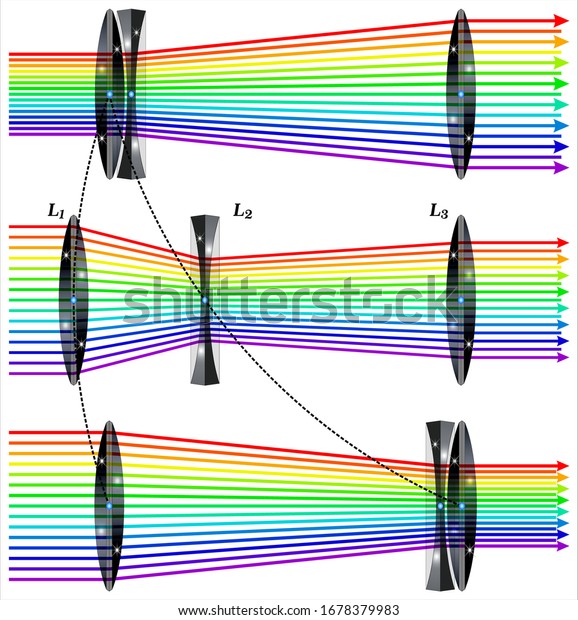If it had floating elements I'm sure it would have had a shorter MFD and not require a shift into the "macro" mode, which was an innovation that was coming soon to a zoom near you...
I'm not sure who did it first in a zoom.
Google says:
Why I love the internet:
https://eyesofageneration.com/reel-history-cinemas-first-known-zoom-lens-shot-it-1927in-this-clip-s/
https://www.zoomlenshistory.org.uk
A nice little bonus, a zoom patent 1st April 1902:
https://zoomlenshistory.org.uk/wp-content/uploads/2011/08/clile-allen-patent-686788.jpg
http://forum.mflenses.com/who-made-the-first-floating-element-design-t47591.html#1212674
The first floating element used in a lens happened, simply, with the first zoom lens released ;-)
I'm not sure if this was sarcasm... IMO it's more complicated than that.
Zooms generally fall into 4 types, the first 2 were more common pre 80's:
Varfocal
https://en.m.wikipedia.org/wiki/Varifocal_lens
A varifocal lens is a camera lens with variable focal length in which focus changes as focal length (and magnification) changes
There is technically a floating element when zooming a verifocal zoom, but when you are only focusing, it's unit focus.
So IMO it's not a floating design. Vivitar S1 28-105mm
https://www.premiumbeat.com/blog/how-to-use-zoom-lenses/
Parfocal
https://en.m.wikipedia.org/wiki/Parfocal_lens
A parfocal lens is a lens that stays in focus when magnification/focal length is changed. There is inevitably some amount of focus error, but too small to be considered significant.
Zoom lenses used for moviemaking applications must have the parfocal ability in order to be of practical use. It is almost impossible to stay in correct focus (as done manually by the focus puller) while zooming.
https://www.studiobinder.com/blog/what-is-a-parfocal-lens-definition/
With these lenses, on the other hand, the focus mechanism and zoom mechanism move independently from each other.
https://www.studiobinder.com/blog/what-is-a-parfocal-lens-definition/
https://s.studiobinder.com/wp-content/uploads/2021/05/Parfocal-camera-lens-vs-Varifocal-lenses.jpg
I'm not sure how to judge this one, I don't have one in my collection to see how the elements behave during focusing, nor are all designs the same, so IMO, most parfocal lenses are likely a floating design, at the very least it's closer to a "floating" system than a verifocal lens is.
A nice demo:
https://www.diyphotography.net/know-parfocal-varifocal-lenses/
Post 70's you start to see zooms with internal focus, they're a different beast, that I do consider to be floating design since they are not unit focusing. Canon EF 35-105
Afocal
https://en.m.wikipedia.org/wiki/Afocal_system
In optics an afocal system (a system without focus) is an optical system that produces no net convergence or divergence of the beam, i.e. has an infinite effective focal length.[1] This type of system can be created with a pair of optical elements where the distance between the elements is equal to the sum of each element's focal length
I don't have many zooms to confirm my thoughts, so salt to taste.
--
A Manual Focus Junky...
One photographers junk lens is an artists favorite tool.
http://www.flickr.com/photos/lightshow-photography/
[My Lens list](http://www.fredmiranda.com/forum/viewprofile.php?Action=viewprofile&username=LightShow)
####Where's my FF NEX-7 ?????
Firmware request:
-A button map for toggling the EVF & LCD
-Still waiting for the minimum shutter speed with auto ISO for my NEX-7 and A7r. I know it will never happen.
-Customize the display screen layout, I'd love to have both Histogram and level at the same time.
-More peaking options, being able to set peaking sensitivity and a threshold level.
-An RGB overlay on the histogram
-An option to return the focus assist zoom to one button press
-An option to return to how the NEX-7 handled playback, ie. center button to zoom, then you could use the control dial to zoom in and out, then center button to exit the zoom mode.



